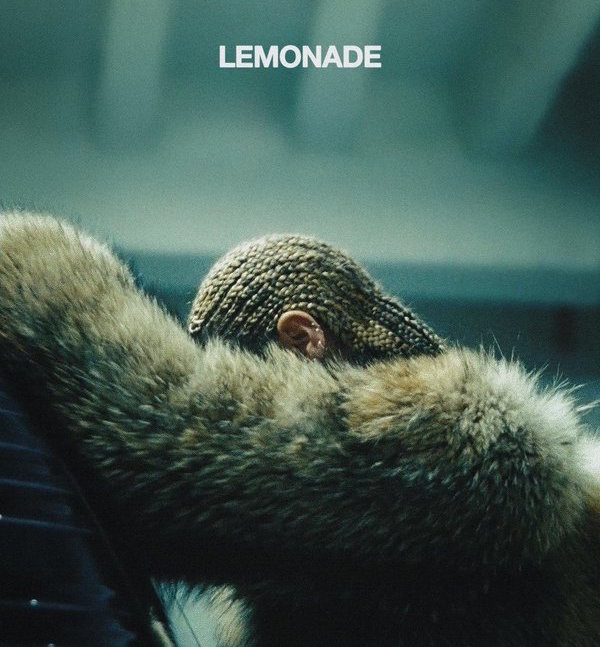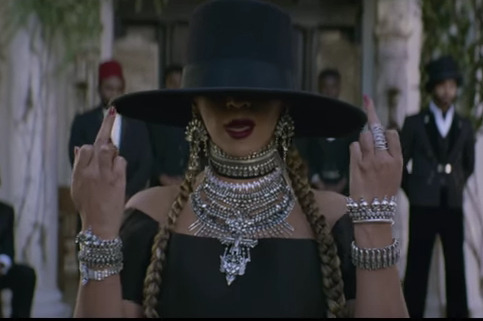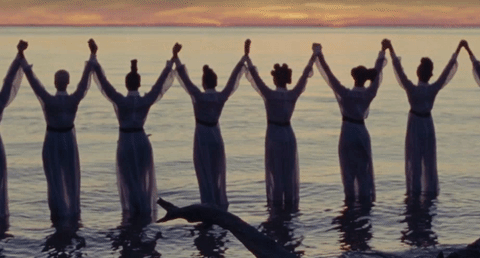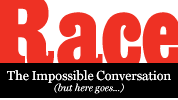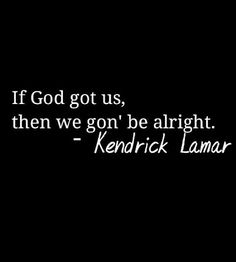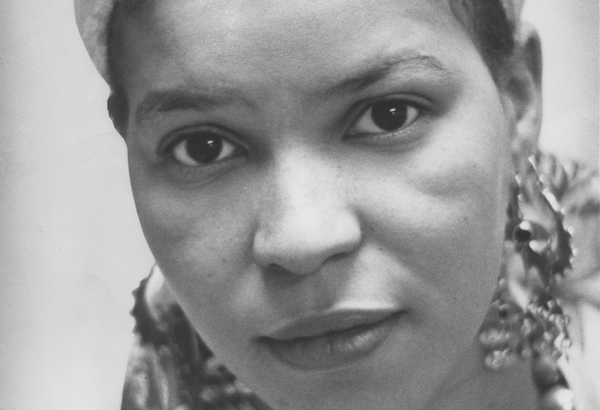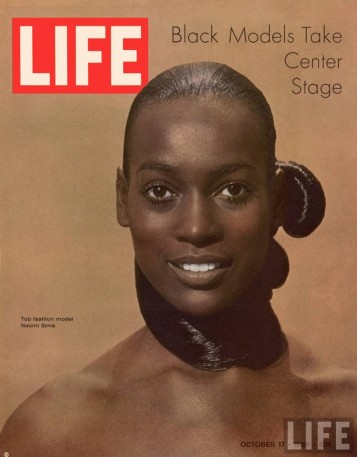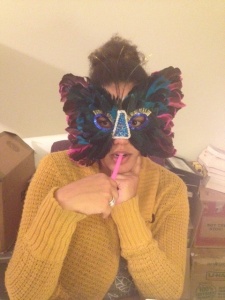Traveling While Black: Barcelona
This is a first of my Traveling While Black series which will chronicle some details of my travels abroad and near home. Before I travel, I usually read what others have written about the location I’m visiting, but it often comes from a white perspective. I, however, have done enough traveling to realize that my travel experience may be different from my non-Black friend’s travel experience, because I am Black and am most often traveling with my Black husband. In these posts, I will write my experiences traveling while Black by answering a set of questions. Bon Voyage!

I’ve been wanting to go to Barcelona for a while now. My interest in Spain began with one of my high school Spanish teachers. Due to his love for Espana, I soon started dreaming of walking through the Spanish plazas, eating paella, and speaking Spanish with a sexy lisp.
My fantasy of what Spain could be, however, was interrupted by multiple friends’ accounts of witnessing or experiencing racism against Black people. Looking up people’s accounts of being Black in Spain didn’t help, and as someone who has experienced American and International racism, I’ve been hesitant to make the trip. I did attempt to do so twice over the last 12 years, but had to cancel for various reasons. Fortunately, my husband and I finally had our Barcelona experience. Here is my account.
Top Three Things I Did
While seeing Park Guell and La Sagrada Familia were wonderful experiences, here are my top three favorite things from my trip to Barcelona:

- Simply walking the streets and studying the old buildings. Looking up into peoples’ balconies and windows, and considering how many people have lived in these old structures that have been here for centuries.

- Eating at La Pepita– a very small, but popular tapas restaurant amongst locals and tourists. Eating here confirmed my suspicion that the States knows nothing about tapas. My husband and I were cramped up against a graffitied wall and enjoyed the best tapas of our lives. Our favorite was a grilled octopus dish placed atop mashed potatoes. A green sauce that tasted like it included cilantro and lime brought out all the flavors. It sounds odd, but was divine!

- Seeing a live Flamenco performance in la plaza of a 17th century castle. The live singing, dancing, and guitar and cajon drum playing was intensely beautiful. The musicians and dancers improvised off of each other’s emotions. It was Jazz.
What is the Black Population of Barcelona, Spain?
I’ve been trying to find an exact percentage of people of African decent living in Barcelona, and am struggling to find a number, which is telling. My girl, Wikipedia, has no word for the amount of people of African descent living in Barcelona, but she did tell me that roughly 4% of Spain’s immigrants are folks from the sub-Saharian African countries.
In Barcelona, I saw some tourists of African descent- mostly French and British. There was only a small number of Black people that I saw who appeared to live in Barcelona. They were mostly working construction or in service jobs. Those working service jobs were especially friendly to us, and we returned the respect.
How was I treated as a Black Person?
For the most part, I feel like my husband and I were treated the same as other tourists. In general, it felt like service was slow, but my investigative eyes observed that this was the case for those around us. The food, however, was always delicious.
When walking around Barcelona, people stared. Tourists and people living in Barcelona definitely took a long look at my husband and I, trying to figure us out. This is something I’ve become used to, and it’s something any Black person becomes used to when they travel.
What Influences from the African Diaspora did You Notice?
When I’m away from my people, I miss us. Fortunately, our influence is global, and even when I’m far away from home, I can usually find or hear a little piece of us somewhere. This is what I found:

- A tea towel from one of my favorite artists, Chris Ofili! So random and perfect that I had to buy it, even if it’s not very Spanish.

- Graffitied streets always makes me think of us. Especially when I see a graffitied afro in the alleys of El Born.
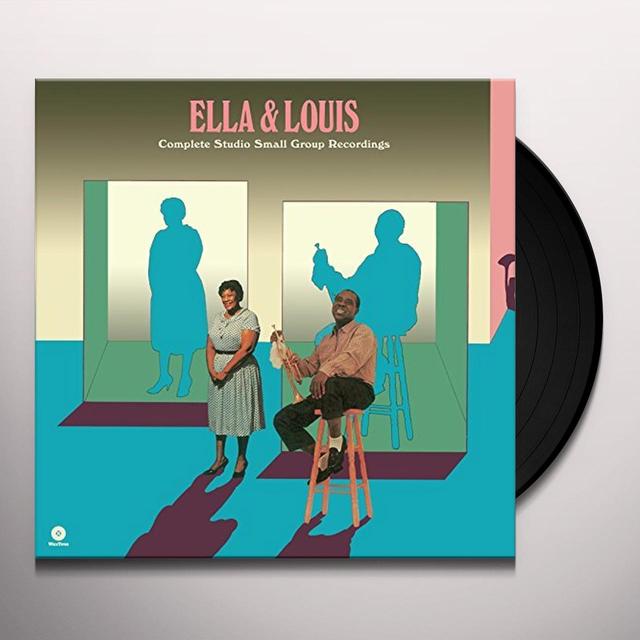
- As usual, I heard Hip Hop blaring from cafes and restaurants, but a favorite memory is looking for a spot to eat at 11:00 pm on our last night, and coming across a cute restaurant in an alleyway called Story. Its theme is tapas, books, and Jazz, which means it was calling my name. They played Ella Fitzgerald and Louis Armstrong during our entire meal, reminding me that even when I’m far from home, the Diaspora is close behind.
And this was my experience, Traveling While Black: Barcelona.
